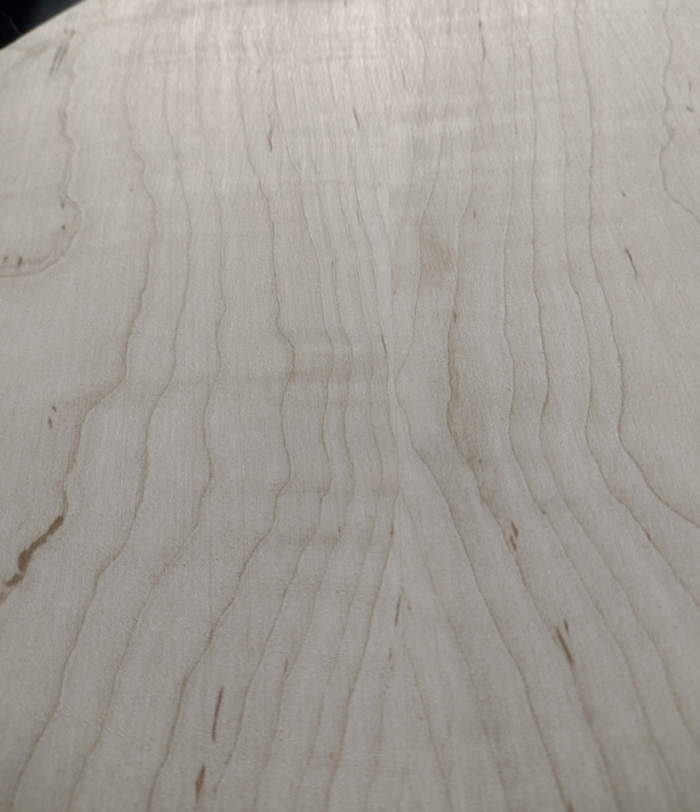Any good tips to get an invisible glue line in maple- I had an invisible join in dry fit, once glued and clamped I inevitably get a visible line at the join. Other woods like Ash and Beech and oak seem much more compliant to not showing the line.
Have been using classic Pva- would switching that to something else work? Any other tips/tricks suggestions.
It’s not a gap- but the glue line is visible as a line
Have been using classic Pva- would switching that to something else work? Any other tips/tricks suggestions.
It’s not a gap- but the glue line is visible as a line





































